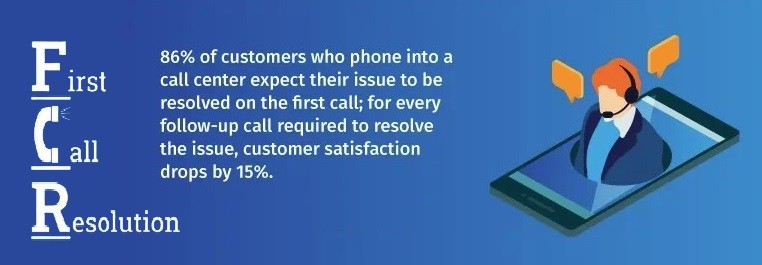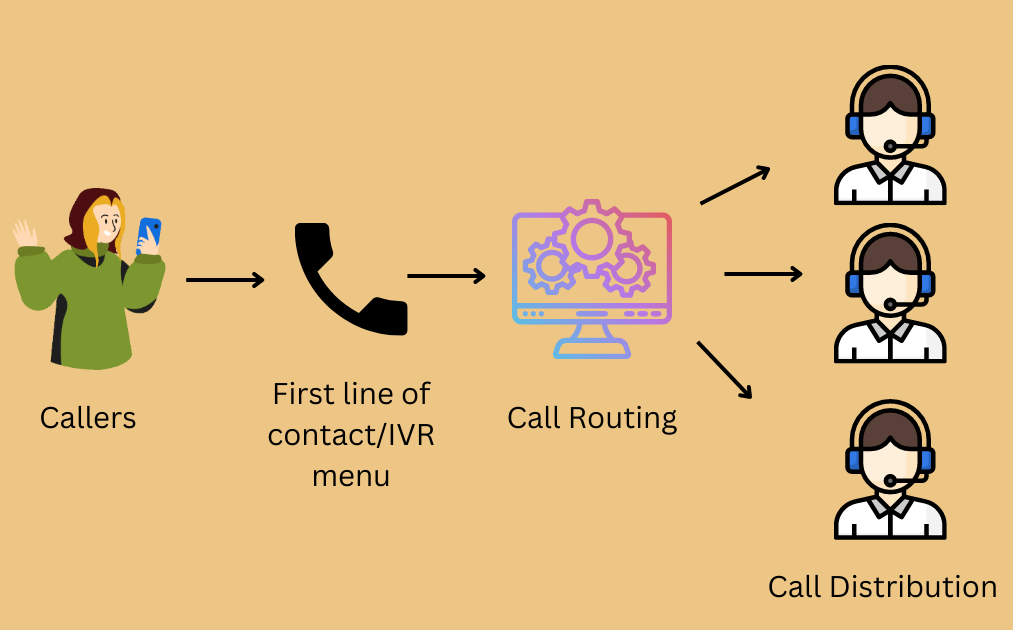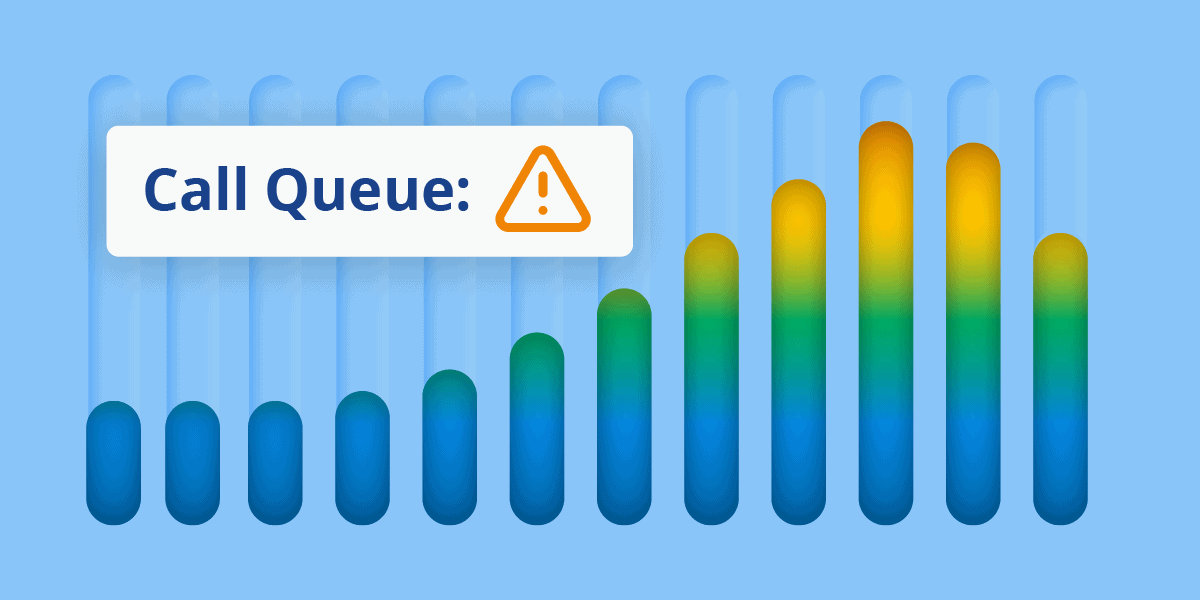
1. Proactive Workforce Management and Cross-Training
To prepare for the anticipated surge, we implement proactive workforce management strategies. Key to this is cross-training of staff, enabling them to handle a variety of roles and responsibilities.

2. First Call Resolution
Repeat contacts drive a lot of volume and therefore, @ SkillSource India we encourage our workforce to achieve First Call Resolution (FCR) during high pressure periods as it is vital for maintaining high service standards and efficiency.

3. Strategic Staffing and Shift Optimization
A critical component of managing peak call volumes is optimizing staffing across different shifts. By analyzing historical data, we forecast peak periods and schedule staff accordingly. We strategically plan for overlaps during these high-demand periods to ensure that we have seamless coverage. This approach minimizes wait times and enhances customer satisfaction by ensuring that calls are answered promptly even during the busiest times.
4. Leveraging Technology
IVRs, Call Prioritizing and Voicemail Monitoring Technology plays a pivotal role in our approach. We utilize Interactive Voice Response (IVR) systems to efficiently manage and prioritize incoming calls based on client’s business demands. IVRs help in routing calls to the appropriate department or agent, ensuring that high-priority issues are addressed swiftly while simultaneously diverting less critical inquiries.

5. Transparent Communication with Customers
Maintaining transparent and proactive communication with our customers is another crucial aspect of our strategy. We keep our customers informed about potential wait times, service disruptions, or any other relevant information that might impact their experience. This transparency helps manage customer expectations and can even reduce incoming calls significantly. This proactive approach helps to alleviate customer frustration and build trust, ultimately leading to increased satisfaction.
6. Real-Time Monitoring and Analysis
We employ real-time workload monitoring to quickly identify root causes, emerging trends, and potential bottlenecks in our call handling process.

This continuous monitoring enables us to make immediate adjustments to staffing and resources, ensuring that we remain responsive to fluctuating call volumes. Identifying patterns and issues as they arise allows us to take corrective actions swiftly, preventing minor problems from escalating.
7. Employee Recognition and Morale Boosting
Investing in our team is essential for maintaining peak performance especially during challenging times. To maintain morale and drive performance, we actively acknowledge and reward our employees' hard work and dedication fostering a positive and motivated work environment.

Recognitions can come in the form of performance or overtime bonuses, public acknowledgment, or other incentives. This not only boosts morale but also cultivates a culture of excellence, leading to better customer service.
8. Post-Disruption Analysis and Continuous Improvement
After the peak period subsides, we conduct a thorough post-disruption analysis. This involves reviewing what worked well, identifying any lapses, and gathering feedback from both customers and staff.

These insights are invaluable for refining our strategies and improving our planning for future surges. Continuous improvement is at the heart of our approach, ensuring that we are better prepared with each passing year.







